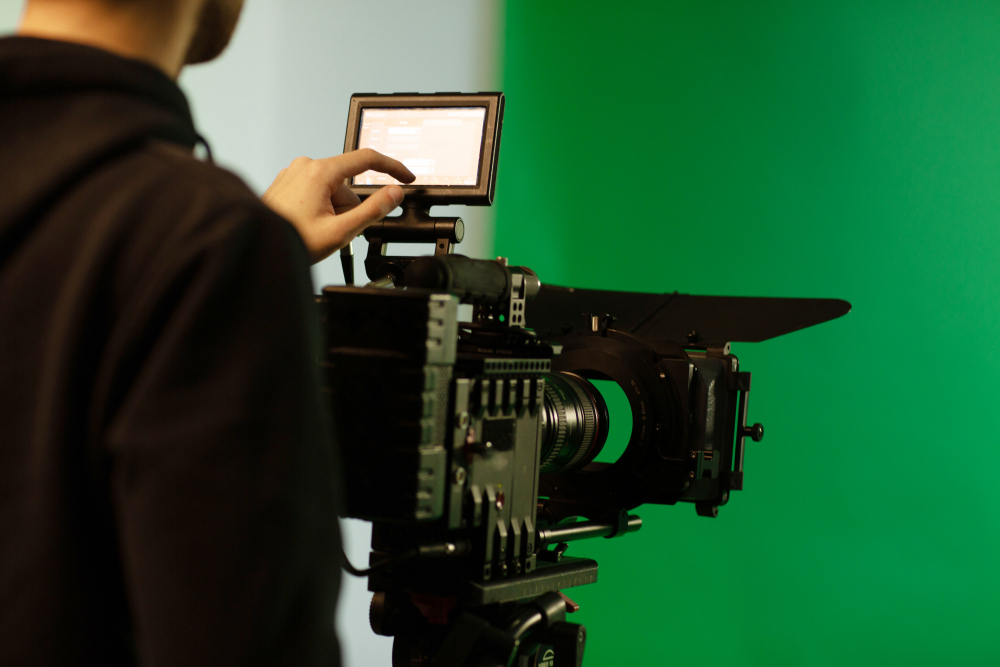Understanding Different Types of Rigging

When it comes to creating stunning visual productions, whether in film, television, or live events, rigging is a critical element. But understanding the different types of rigging and their applications can seem daunting. From supporting lighting setups to securing camera movements, the role of rigging impacts every aspect of production.
If you're working on a project in Orlando, FL, this guide is here to help you better understand the essentials of rigging and how to implement it effectively for your next shoot or event.
What is Rigging?
Rigging refers to the equipment and systems used to suspend, hoist, position, or stabilize objects. These systems are essential in grip electric setups, allowing productions to achieve specific creative goals, whether that involves suspending a camera for a dynamic shot or safely positioning a light over a stage.
The world of rigging is diverse, and mastering its various types is important for ensuring safety and efficiency while pushing creative boundaries.
Types of Rigging in Productions
1. Static Rigging
Overview
Static rigging, as the name suggests, involves systems that do not move once installed. Commonly used in theater, stage show productions, or fixed studio setups, it’s the backbone of many grip electric operations.
Components
- Fly systems are used to suspend set pieces or backdrops.
- Trusses serve as mounting points for lights, speakers, or other equipment.
- Clamps and safety cables secure items in place for an added layer of security.
Use Cases
- Stage lighting setups for theater or live performances.
- Mounting props or decorative elements for an extended period.
Static rigging ensures that significant structural components remain stable while in use.
2. Dynamic Rigging
Overview
Unlike static rigging, dynamic rigging involves motion. Often seen in complex productions, this type of rigging makes elaborate stunts and dramatic effects possible.
Components
- Hoists and motors for controlled movements.
- Pulleys and counterweights to manage tension.
- Winches for precise dynamic motion control.
Use Cases
- Flying performers in theatrical events or live shows.
- Moving cameras for smooth transitions or aerial shots.
- Lifting objects and props dynamically for cinematic effects.
Expertise in dynamic rigging requires a thorough understanding of safety protocols due to the complexity and associated risks.
3. Camera Rigging
Overview
Camera rigging plays a pivotal role in determining the way a shot is captured. Whether securing a stationary camera or enabling intricate movements, these rigs are indispensable for any production involving film or video.
Components
- Tripods and dollies for stable or mobile support.
- Crane rigs or jib arms for sweeping, high-angle shots.
- Steadicams and gimbals for smooth handheld operations.
Use Cases
- Achieving wide-angle shots using drone cameras or crane rigs.
- Creating dynamic effects with mounted cameras in moving vehicles.
- Stabilizing handheld shots during action sequences or chase scenes.
Camera rigging allows cinematographers to capture moments from unique perspectives, enriching visual storytelling.
4. Lighting Rigging
Overview
Lighting is a fundamental element in any production. Proper lighting rigging allows you to position lights effectively to create the desired mood and atmosphere.
Components
- C-stands and combo stands for individual light fixtures.
- Overhead rigs, such as pipe grids, for more comprehensive setups.
- Accessories like barn doors, flags, and diffusers to adjust illumination.
Use Cases
- Lighting sets for TV or film shoots.
- Highlighting performers on stages at concerts or live presentations.
- Creating mood and shadows for dramatic scenes.
Lighting rigging is one of the most versatile types of rigging, easily tailored to fit the exact needs of a production.
5. Safety Rigging
Overview
No production is complete without prioritizing safety rigging. This type ensures that all equipment, props, and suspended objects stay secure and minimize risks.
Components
- Safety harnesses for crew working at heights.
- Safety cables and redundancy systems to anchor props or equipment.
- Inspection and certification of all rigging gear before use.
Use Cases
- Securing overhead props and trusses during live events.
- Ensuring personnel and equipment safety in elevated setups.
- Providing peace of mind in productions with dynamic elements or movement.
Safety rigging integrates with all other rigging types and should be non-negotiable for every project.
Best Practices for Rigging
- Conduct Regular Inspections
Before every production, thoroughly inspect rigging systems to ensure they're secure and functional. Look for signs of wear and tear on ropes, chains, and cables.
- Prioritize Safety Training
Ensure your crew is trained to handle rigging equipment properly, with a full understanding of weight limits and load distribution.
- Use Certified Equipment
Always use rigging equipment that meets industry standards and certifications. This ensures reliability, even under challenging conditions.
- Consult Professionals
For complex setups, engage a professional rigging crew. Their expertise in grip electric standards ensures your production will run smoothly and safely.
Why Proper Rigging Matters
Proper rigging achieves more than just functional goals. It enhances creativity, ensuring that your vision comes to life in the most dynamic way possible. By understanding the different types of rigging and adhering to best practices, you can elevate the quality of your production while maintaining safety and efficiency.
Need Help with Grip Electric in Orlando, FL?
Rigging can seem overwhelming, but you don’t have to manage it alone. At Tiki Grip & Electric, we specialize in providing grip & lighting rentals for productions throughout Orlando, FL.
From ensuring your rigs meet safety standards to optimizing setups for lighting and cameras, our team is here to help. Contact us today and take your production to new heights with professional support and world-class equipment.